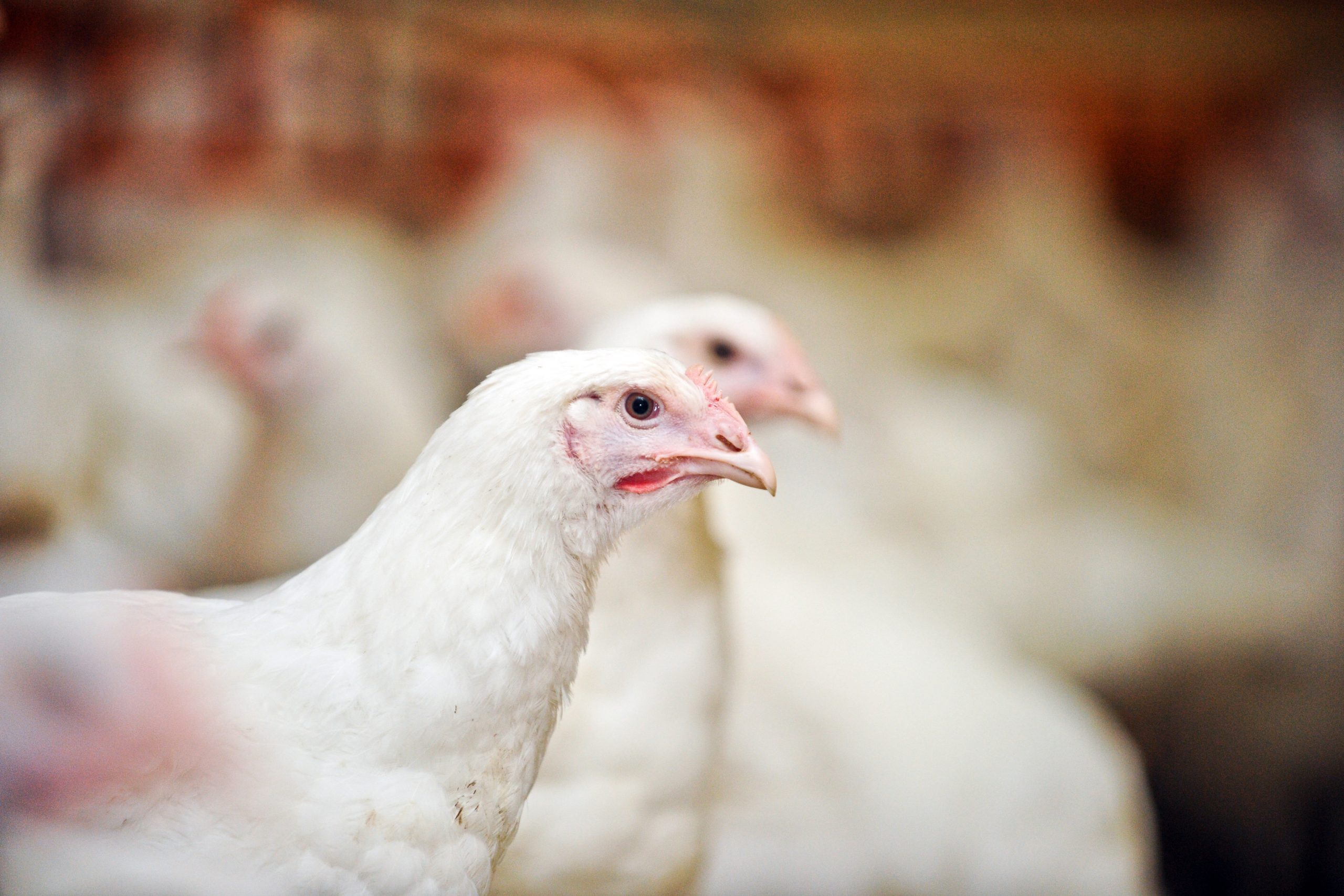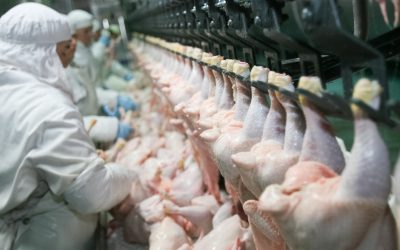Physiological functions of methionine in poultry

There have been many changes in the interest of amino acids as biochemical technology continues to develop in livestock and human nutrition. Here, the physiological functions of methionine and differences of efficiency among different methionine sources are examined.
In the past, the function of amino acids as a component that constitutes proteins was examined. However, as biochemical technologies have developed in many fields such as cell culture, the physiological functions of amino acids have been realised and have to be considered in designing feed formulation to maximise the growth of the animal.
Use of methionine in poultry diets
Since methionine is limited in plant protein sources and is required at high level for feather growth and protein synthesis, methionine is always classified as the first limiting amino acid in poultry. Methionine has many physiological functions, e.g. as an important methyl donor to provide the methyl group (CH4) necessary for metabolism in the body. Methionine is also known to reduce oxidative stress in the body by increasing antioxidative compounds such as glutathione.
Methionine additives used in poultry and other feeds are L-methionine, DL-methionine or MHA-FA which is the hydroxyl analogue of methionine. All plants and animals can only utilise L-isomer methionine and only L-type methionine is present in proteins. D-isomer of methionine and MHA can also be used, but it must be converted into the L-form through enzyme reaction in the body (Figure 1). However, it can be questioned whether the cleaved amino group can be returned to the methionine chemical skeleton at 100% efficiency. Additionally, the 2 enzymatic reactions during the isomer conversion process require energy. Therefore, when DL methionine or MHA is used in place of L-methionine, the relative bioavailability (RBA) is naturally lowered due to unnecessary energy consumption for the enzymatic conversion.
Figure 1 – The converting process from D-methionine to L-methionine.

Conversion of D-methionine to L-methionine
DAAO enzymes necessary for the conversion of D-methionine are abundant in the liver and kidney of chicks. However, according to D`Aniello (1993), younger animals have lower amounts of these enzymes. As the animal grows, the activities of the enzyme increase, but it takes a considerable time to activate sufficient levels in the body, as shown in Figure 2.
It is well known that the growth performance of a broiler chick in the first week has a tremendous effect on overall performance. The birth weight of chicks is only 40g and it must increase weight 4.5 times (180g) after 1 week to maintain the target weight for the predetermined marketing day. If chick weight is 10g less at 7days, the final market weight could be reduced by 60-70g at the time of shipment on the 35th day. Therefore, the use of D-methionine, which is not fully utilised in young chicks, should be carefully considered for maximising growth in the starter phase.
Figure 2 – Changes in oxidase occurrence of D-amino Acid Oxidase in animal (D`Aniello, 1993).

Effects of methionine on the gut
Glutathione plays an important role in antioxidant defence. It is capable of preventing damage to intestinal cellular components caused by reactive oxygen species such as free radicals, peroxides and heavy metals. Especially, increased glutathione concentration affects the development of small intestinal villus.
Shen et al. (2014, 2015) have shown that feeding L-methionine increase villi development in both broilers and swine as compared to feeding DL-methionine in young animals (Figure 3). Analysis of villous tissues of both L or DL treatments showed that significantly higher glutathione levels were observed in the L-methionine supplementation group. Additionally, both the height and width of the villi were improved in the L-methionine supplementation group.
Figure 3 – Differences of glutathione synthesis and RBA between L-methionine and DL-methionine (Shen et al., 2015).

The importance of methionine
In commercial poultry diets, methionine is usually the first limiting amino acid. Methionine not only serves as a constituent of body protein but also is involved in the development of the digestive tract and growth performance. Furthermore, it has a function of increasing muscle mass, feather development and improving egg production in poultry.
The importance of the physiological function of methionine must be emphasised. L-methionine is the only biologically functional form of methionine readily utilised by the intestinal cells of the young chicks.
References available on request
Author: Dr Peter Hong, senior consultant, CJ Cheiljedang



